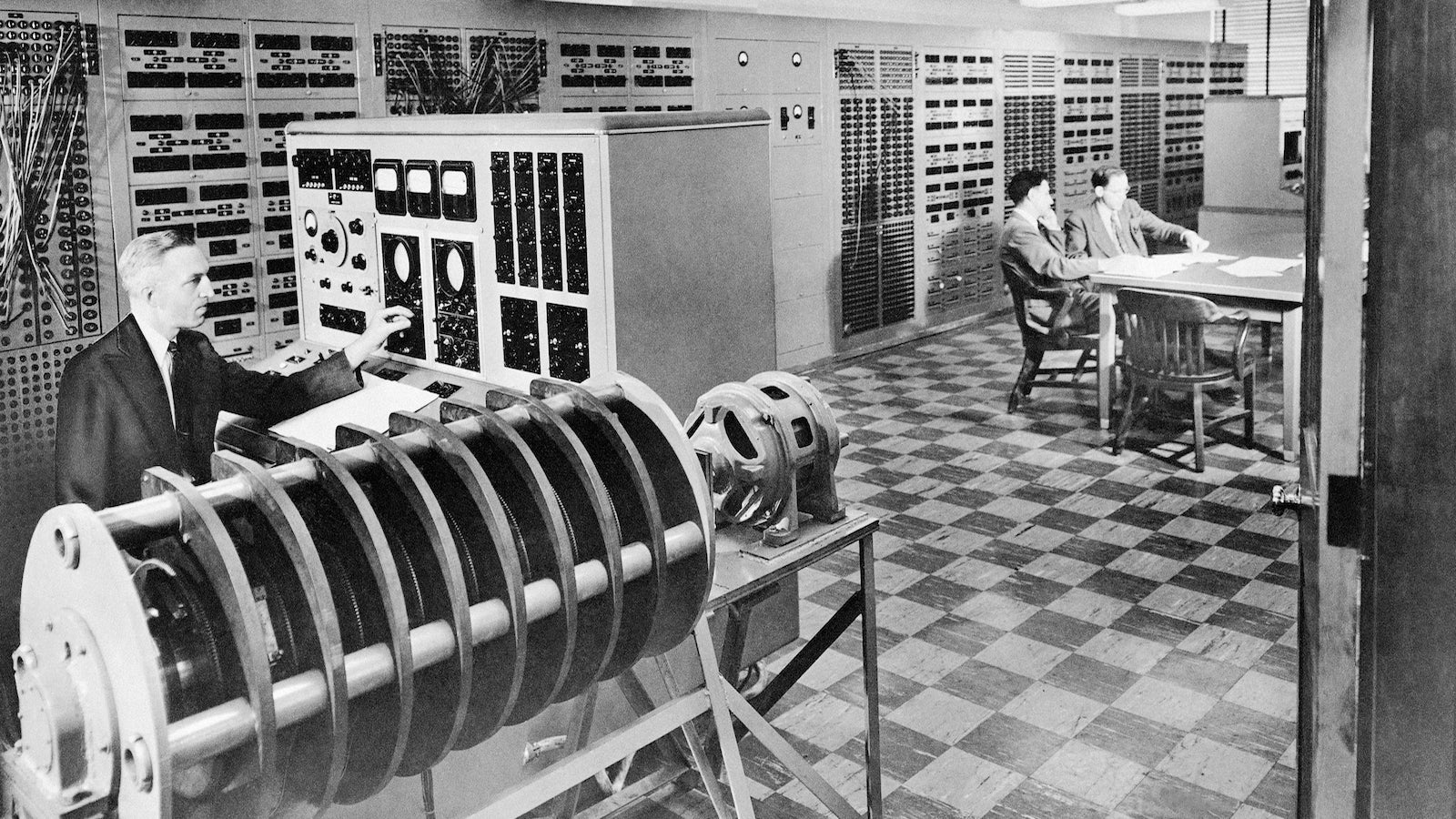The most complex problem in physics could be solved by machines with brains
I work in computational quantum condensed-matter physics: the study of matter, materials, and artificial quantum systems. Complex problems are our thing.


I work in computational quantum condensed-matter physics: the study of matter, materials, and artificial quantum systems. Complex problems are our thing.
Researchers in our field are working on hyper-powerful batteries, perfectly efficient power transmission, and ultra-strong materials—all important stuff to making the future a better place. To create these concepts, condensed-matter physics deals with the most complex concept in nature: the quantum wavefunction of a many-particle system. Think of the most complex thing you know, and this blows it out of the water: A computer that models the electron wavefunction of a nanometer-size chunk of dust would require a hard drive containing more magnetic bits than there are atoms in the universe.
I started thinking about how machine learning and artificial intelligence could help our field when Google DeepMind defeated world champion Lee Sedol in the ancient game of Go.
Many computer scientists would tell you that this achievement—comparable to the historic chess match between Deep Blue and Garry Kasparov in 1997—happened years ahead of predictions. But chess is a relatively simple game; it can be “beaten” by algorithms specifically designed to search for the best outcome based on a given move by an opponent. In contrast, the complexity of Go is many orders of magnitude greater. So complex, in fact, that scientists and engineers were unsure it was technologically possible to produce hardware powerful enough to solve Go.
Machine learning is the modern version of the “give a man a fish and you feed him for a day; teach a man to fish and you feed him for a lifetime” parable. Instead of hard-coding programs for a specific singular task, we can now teach machines to learn and adapt themselves for different tasks at hand. This advance in programming philosophy makes a computer capable of beating a human at Go, but compared to the future advances, these achievements are still child’s play.
One small breakthrough in condensed-matter physics could change everything. Complexity, and the challenge of tackling complex problems with existing technology, is what keeps me up at night. The most complex problem is understanding the wavefunction of a many-particle quantum system with sufficient accuracy to design new quantum materials and devices. When DeepMind beat Sedol, I began to wonder: Could machine learning help us solve the most complex problem in physics? The most complex problem in physics could be solved by machines with brains.
One of the most exciting things we are working towards creating is the first true quantum computer, which will harness the unique properties of the quantum world to process information. Quantum computers are expected to drastically outperform their classical counterparts on certain difficult problems, such breaking encryption protocols. This level of theoretical understanding could eventually lead to major advances in medicine, cybersecurity, communications, and more.
We’re getting ahead of ourselves though, as we don’t yet have a quantum computer; physicists don’t even agree on the construction material to build one. There will be countless scientific and engineering dead-ends, innovations, and breakthroughs before we have any chance of building an artificial quantum brain. But, just as today’s giants of Silicon Valley use machine learning in many aspects of chip manufacturing, machine learning will be an integral part of the inevitable scientific and industrial processes leading to a quantum computer.
So just how will machine learning be able to help us solve some of the biggest problems in physics? Researchers are already re-purposing existing machine-learning algorithms to “learn” features of phases of matter, just as algorithms learn to recognize features in a photograph. With this knowledge, we can adapt them to handle other complex problems arising in condensed matter, especially in cases where quantum mechanics plays a role. To condensed-matter physicists, solving these notorious complex problems is a holy grail, on par with beating a human at a game of Go. From this understanding could spring the theoretical breakthrough needed for designing a new superconductor, or a replacement for silicon, or a quantum bit—the applications of which could spark technological revolutions.
And we’re on our way. In August 2016, I organized a conference at Perimeter Institute for Theoretical Physics in Waterloo, Ontario, which aimed to explore the potential of machine learning in quantum research. Perimeter Institute is built on the idea that breakthroughs happen at the intersections between fields, and our conference epitomized this idea. Attendees included researchers from academia, industry giants like Google and Intel, Silicon Valley start-ups, and government organizations. It was a challenging week spent debating ideas, finding common ground, and defining what we hope will become a richly rewarding field.
The experience reminded me of the well-worn story of the transistor, which was the technology that started the computer revolution (and won a Nobel Prize). Transistors were invented at Bell Labs nearly 70 years ago by a theoretical physicist, an experimentalist, and an industrialist. This breakthrough would never have been possible without people from very different backgrounds working together.
As physicists, computer scientists, and AI researchers, we’re still searching for what unifies us; many physicists, myself among them, are excited by the possibilities of combining disruptive software technology (machine learning) with potentially disruptive hardware technology (quantum computers). But we all agree that the cross-fertilization of ideas more often than not seeds breakthroughs. Progress requires people willing to step outside the confines of their subfields in search of unifying principles.
For now, machine minds can be great at chess and even Go, but these are just the beginnings of a much larger revolution. What we’re seeing now shows that machine learning has the power to advance science, technology, and society in profound ways.